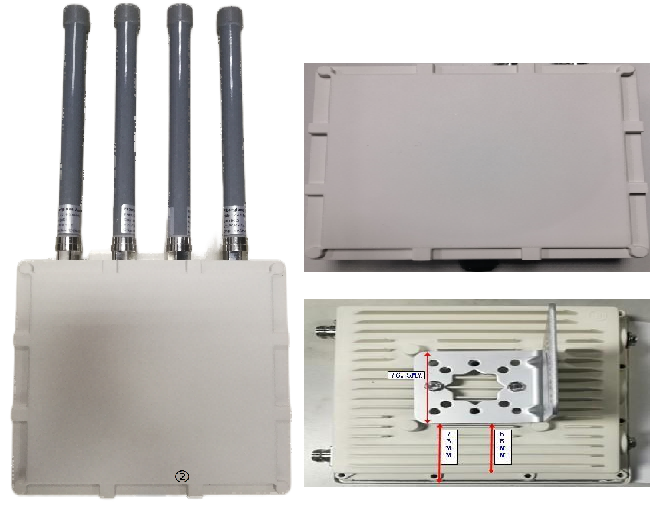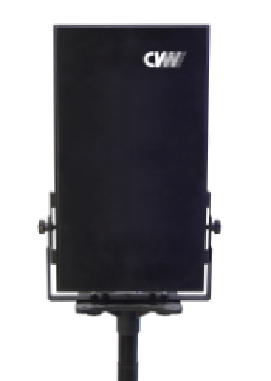If you’re a videographer, video blogger, or cinematographer, you can’t always remain stationary. Sure, a simple tripod is just fine for some shots. But in other shooting environments, you’re going to want to move around. In that case, it’s simply not practical to be fixed to a tripod. In other words, everything in your rig needs to be wireless.
The industry standard video transmission method is the SDI or HDMI cable. Modern SDI or HDMI cables can transfer video in insanely high quality, and are very reliable. But this isn’t terribly convenient when you’re moving around. Thankfully, there’s a solution.
This is a kit of small devices, which are used in wireless communication. Total kit includes two transmitters and one receiver. Two sit on your camera, and the other near the monitoring hardware. The camera connects to the transmitter with a short SDI or HDMI cable. In turn, the receiver outputs the SDI or HDMI signal to a monitoring device.
What if I Want to Film Overseas?
As you might expect, different countries and regions have their own WiFi regulations. If you want to be able to film anywhere in the world, you need to buy a specialized SDI transmitter. These can swap between many bands, to comply with local laws anywhere on Earth. Today, we’ll be focusing on 5GHz WiFi transmitter/receivers. 5GHz WiFi is by far the most popular in the world. It’s used in the US, the UK, Canada, Australia, Germany, South Korea, China, Japan, India, Indonesia, and many other nations. In most cases, you’ll be just fine with a 5GHz transmitter/receiver.
Introduction of BeamLink-Duo Plus
The housing is a rugged black alloy metal, which won’t reflect light and disrupt your shoot. The OLED display on the side lets you see your channel, the WiFi connection strength, and other information. A set of control buttons are below to the OLED display, so you can switch channels and change your settings.
In terms of power, you’ll have three options. The transmitter and receiver can be powered by a V-mount or NP-F battery. You can connect to many L-series batteries by using the D-tap to 2-pin LEMO adapter. These are some of the most popular batteries on the market, with wide compatibility. Finally, you can just plug a DC adapter into the DC power port. This isn’t ideal for the transmitter, but it’s easy enough on the receiver.
This transmitter/receiver kit can support both HDMI and SDI inputs and outputs. This provides far more compatibility than SDI alone, especially on the receiver side. You can plug into a switch console, or even into your laptop, without needing an adapter. As an added bonus, the receiver can output through both ports at once.
The two transmitters can transmit two different video and audio signals by one wireless channel simultaneously. Using the RTSP streaming mode, you can stream online directly. In other words, you’ve got a ton of flexibility in how you wire your rig and transmit your video.
The 5GHz signal can operate at a range of up to 3200 feet, assuming a clear line of sight. This is sufficient for a full 1080p live feed, at 60 frames per second. The auto or manual channel scan function can help you quickly select the good-quality channel to use on site. The more the stars, the better the reception. Compared with H.264 technology. H.265 technology offers higher color reproduction, showcasing the image more colorful.

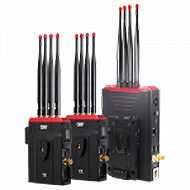 Multi-camera wireless video transmission
Multi-camera wireless video transmission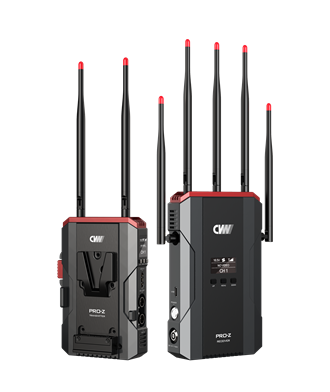 Zero Latency Wireless Video Transmission
Zero Latency Wireless Video Transmission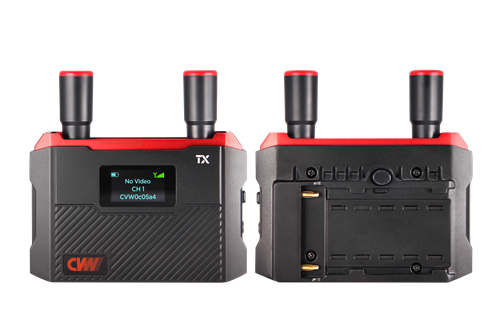
 Designed for teleoperating the heavy equipment
Designed for teleoperating the heavy equipment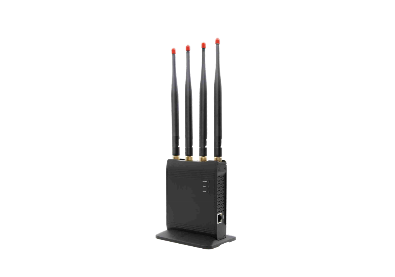 Wireless high-speed data transmission
Wireless high-speed data transmission